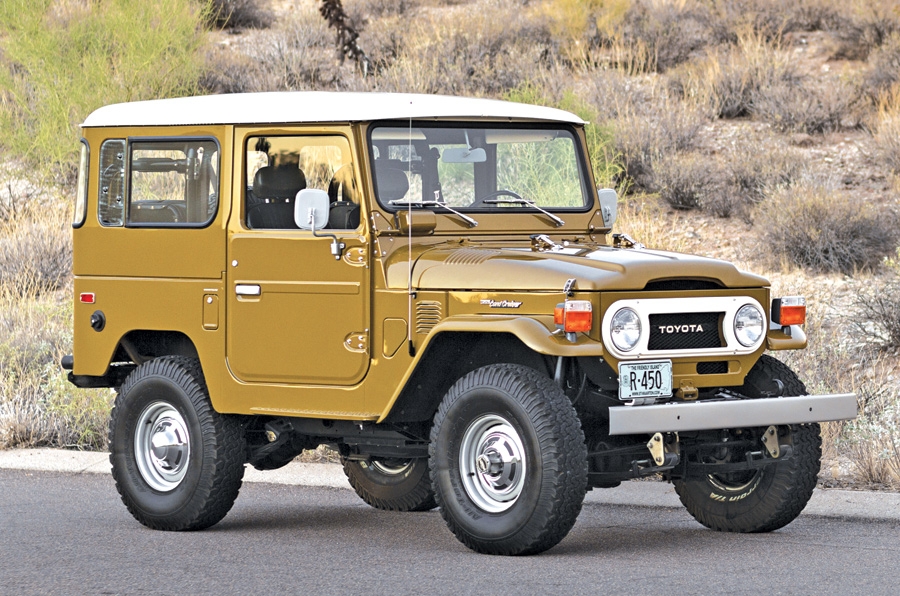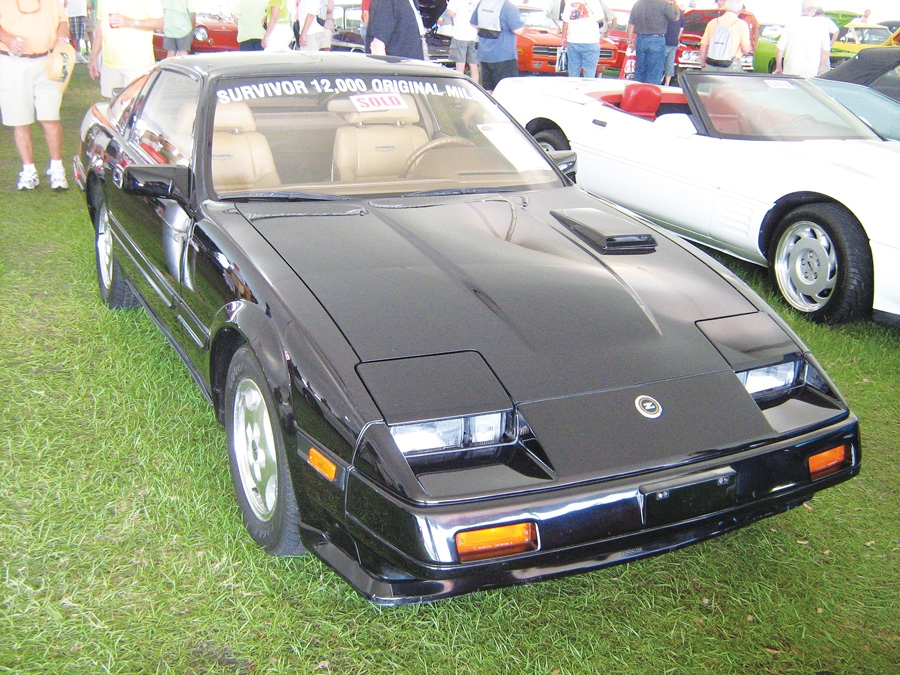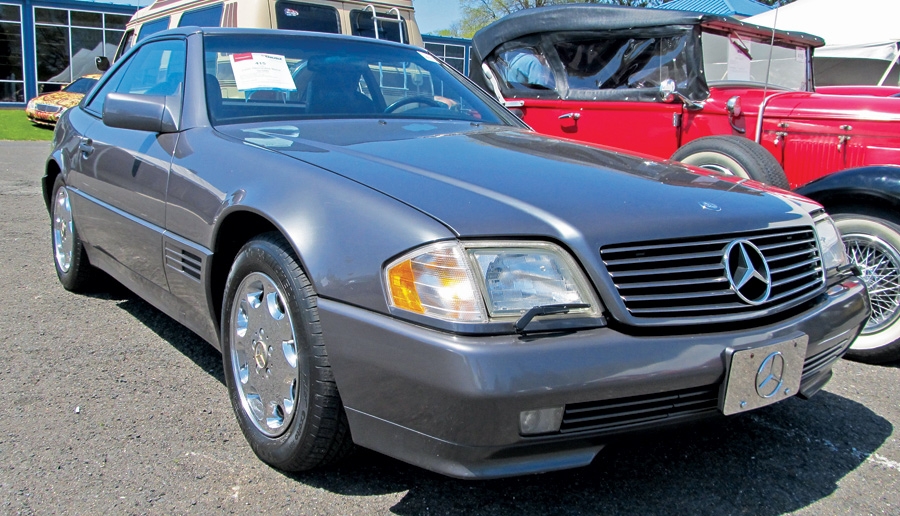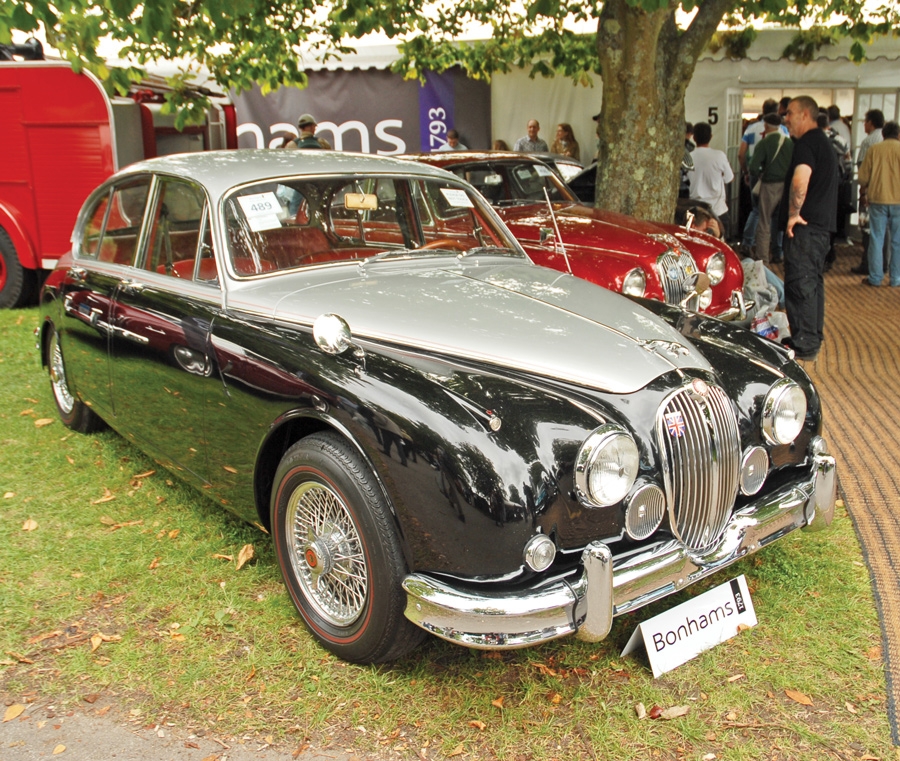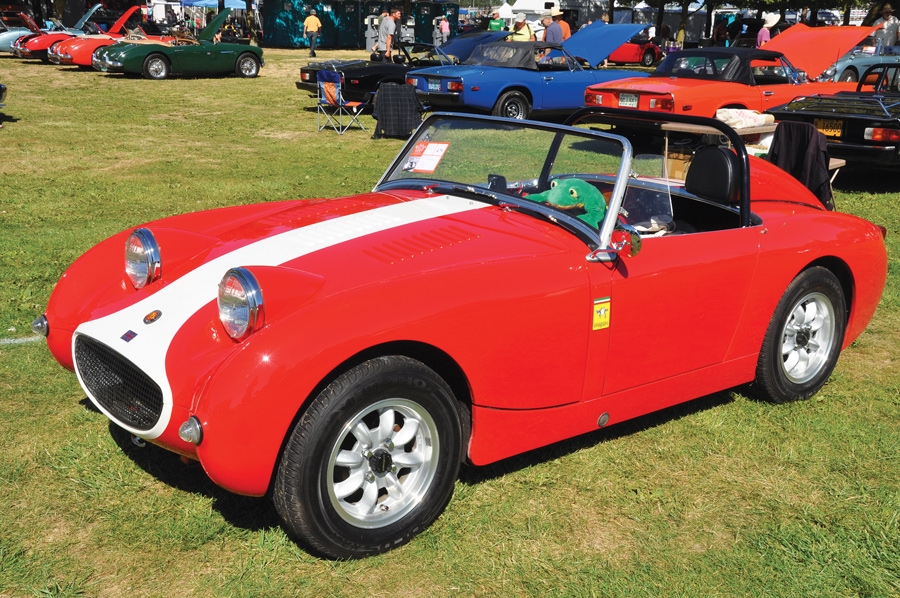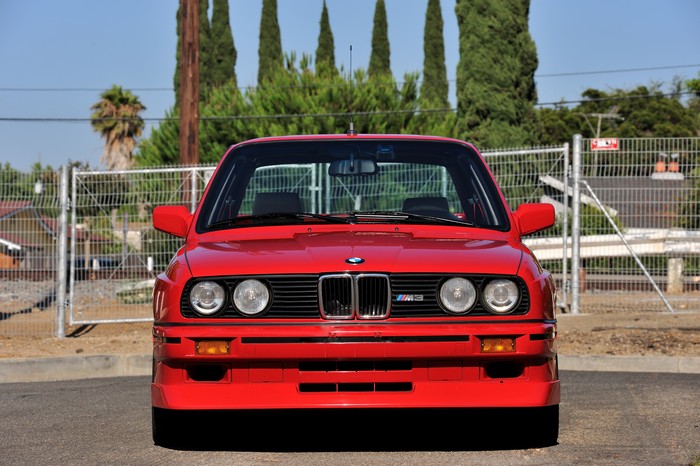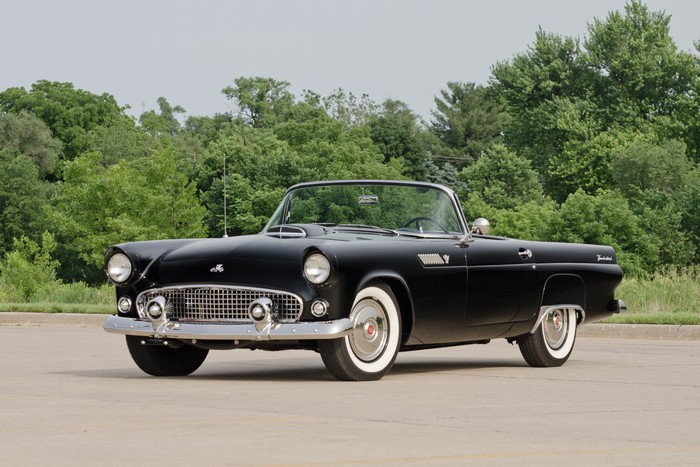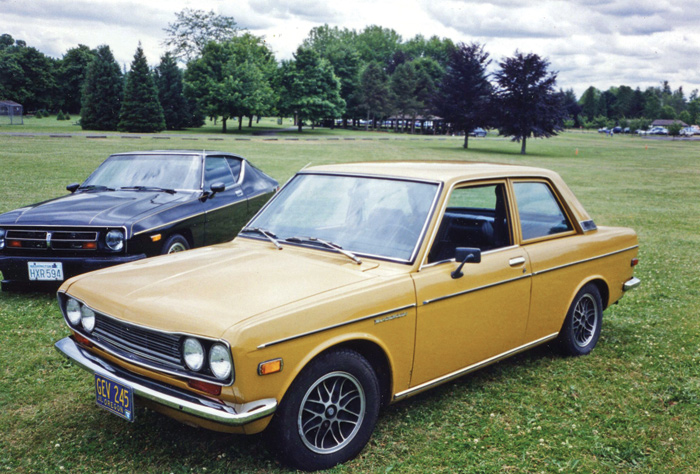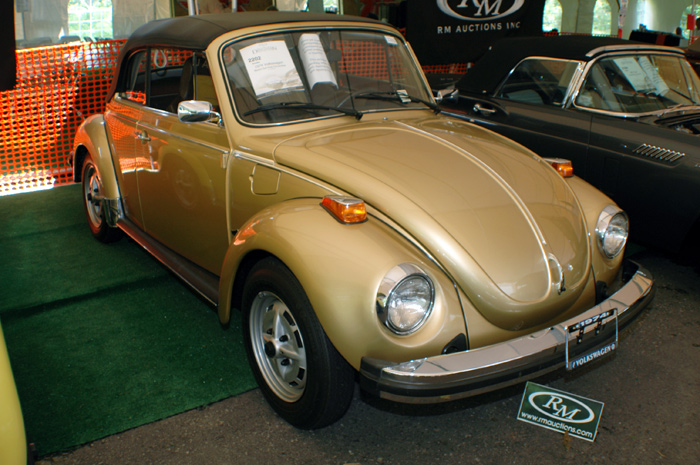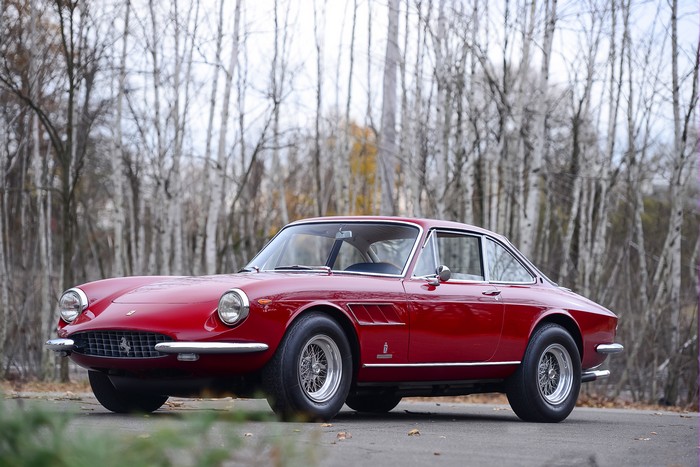Back when I first profiled the Toyota FJ40 Land Cruiser as an Affordable Classic (February 2012, p. 34), they were the up-and-coming thing. I won’t be so forward as to say that my scribbles helped push the market up, but the ink was barely dry before they soared in value. […]
Affordable Classics
Go for Z-Perfection or Nothing at All
It’s almost an axiom of the automotive world that an unloved make or model can gain respectability over time. The reasons for this phenomenon are many —changing tastes and fashions can transform a formerly ugly duckling, or advancing technology and engineering may reveal that a particular car was ahead of […]
Appreciation Replaces Depreciation
Although enthusiasts may argue over the true definition of “classic” as applied to automobiles, perhaps we can all agree on one criterion: If at some point in the car’s lifetime it stops depreciating — its market price stops declining — and the price then levels off and begins to rise, […]
A Classy Cat With Claws
What is it with the Jaguar Mark 2, the automobile that created the sports sedan niche in the automotive marketplace? This car turns heads, is even more comfortable and luxurious inside than its exterior appearance would suggest, has better performance than most of the sports roadsters of the period, […]
A Silly Little Car Brings Huge Fun
Donald Healey could not have imagined that his simple design brief to build a small sports car that “a chap could put in his bike shed” would result in a car that is still being raced now, nearly 60 years later. Gerry Coker, stylist at the tiny Donald Healey Motor Company, could not have foreseen that the simple car he penned would become an icon and define a mini-genre, but it did.
Their bike-shed car was introduced in 1958 as the Austin-Healey Sprite, but it quickly became better known simply as the “Bugeye” in North America and as the “Frogeye” elsewhere. Its smile-producing headlamp pods somehow survived British Motor Corporation design review, and between March 1958 and November 1960, 48,987 were produced, far outpacing the quantity of Big Healeys made during the same period.
Instead of becoming an entry-level car intended as a step toward an eventual Big Healey purchase, it immediately assumed its own identity as the sports-car-hungry public snapped them up and went racing, rallying, cruising and touring in them.
A Boy Racer for the Ages
At first glance, the first-generation BMW M3 looks like a boy racer’s dream. You see a big air dam, a big spoiler and big wheels rolling under big flares.
You have to get into this car, start it and roll it down the road before you know exactly what the E30 (BMW’s internal designation for the car) is all about. In its first four years of production, it won more races and titles than any other BMW ever — and it is still the most successful racing saloon of all time.
The 1988–91 M3 represents a purity of purpose that BMW had not shown before — or since. The car was developed in reverse order of most — if not all — of the production cars of today. BMW first developed the race version of the M3 and then made it into a saleable homologation. Some will argue the M1 also fits this, but the E30 M3 was designed to go racing first, then became a road car. The M1 was developed as a sports car and then as a racer.
Bargain Hunting With Mr. Osborne
You’ve finally decided to take the plunge and buy a collector car at auction. But floaties and wading in the kiddie pool are not for you — you’re in with an armstand back, two somersaults, half twists in the pike position dive from the 10-meter platform. You’re going to buy […]
A Pop Culture Icon on the Rise
When Datsun’s 510 came onto the scene late in 1968, it looked like Japan’s attempt at emulating the BMW 1600-2, which had debuted two years earlier.
Utilizing a 1600-cc SOHC engine and a drivetrain layout similar to the BMW, the Datsun offered technical sophistication and reliability that was nearly on par with its German competitor — but at a much lower cost. It was not as quick as the BMW in stock form — and it was not as good of a drive — but its price was roughly two-thirds that of the German, making it a compelling proposition.
In the United States, the 510 remained technically mostly the same during its five-year production run, with only minor model-year cosmetic differences. 510s were offered as 2- and 4-door sedans and as a station wagon. The sedans employed four-wheel independent suspension, while wagons had a live rear axle with leaf springs.
1968 model cars are the rarest, due to their introduction toward the end of the model year — and have trim differences, including different grilles and American-style instrument clusters with a sweep speedometer.
Cars from the 1969 model year retain many of the early design details. In 1970, Datsun introduced a round-gauge dashboard and headrests — not much else changed through 1972. In 1973 the 2-door was the only model offered, and 1973 cars sport rubber bumper overriders front and rear.
Some non-U.S. markets received performance-oriented twin-carbureted versions of the 510 (known worldwide as the Datsun 1600), and the home Japanese market was blessed with the sleek fastback Bluebird coupe. Unfortunately, these versions were never officially sold in the United States. However, in recent years, imports of Japanese vintage cars have been on the rise, and this means that a handful of Bluebird coupes have made their way to our shores.
The Beetle is Crawling Back
The humble Volkswagen Beetle — which is actually not its official name, but few people know what a Type 1 is — created the massive compact-car market in the United States.
It took the brilliant mind of Ferdinand Porsche — and high-quality labor from a rebuilding post-war West Germany — to make a compact car a success in the United States of the late 1950s and early 1960s.
By opening up the compact-car market in the U.S., VW blazed the trail for all small cars — domestic and imported. While the Chevrolet Corvair was initially all but an Americanized Beetle, the rest of the domestics weren’t. Still, the success of the Falcon, Valiant, Rambler and Lark was only possible after VW made small cars acceptable in the big-car-crazed U.S.
By the early 1970s, the early Beetle became a victim of its own huge success.
By 1970, the Big Three had run one full generation of compacts off U.S. assembly lines, and a second one was on the way. The Falcon gave way to the Pinto, the Corvair led to the Vega, and the Rambler became AMC and birthed the Gremlin. In addition, the Valiant had a plethora of siblings from Dodge.
While the Japanese competitors were generally viewed as quirky and cheap during the 1960s, by 1970 they were becoming formidable competitors. During all this, the Beetle just puttered along with minimal changes.
While staying the same in a world of change played well in the turbulent 1960s — even among the Counterculture — the Beetle was old hat in the 1970s. The Beetle looked dated compared with everything else in the market.
The Not-So-Affordable Trends of Arizona
The USA, China and the European nations have each all printed over a trillion dollars in the past few years. We are in a cash crisis, with no place for this cash to go,” quipped one of my longtime automotive writer colleagues. “This has to account for some of the […]
